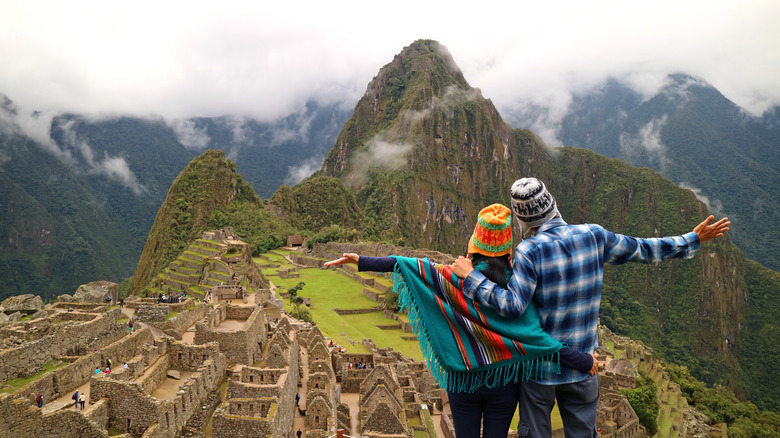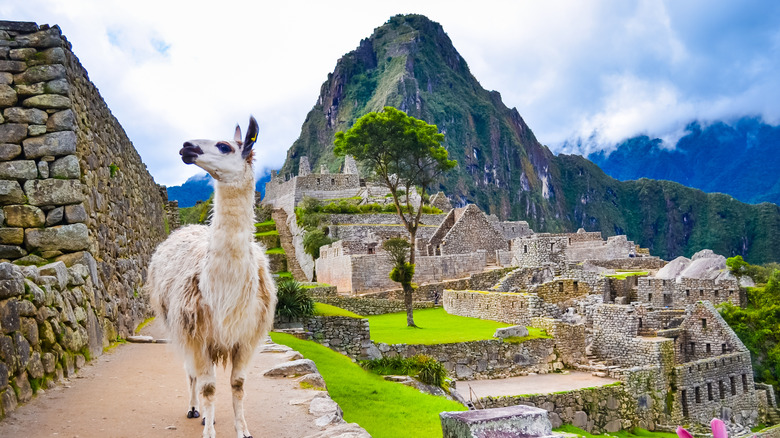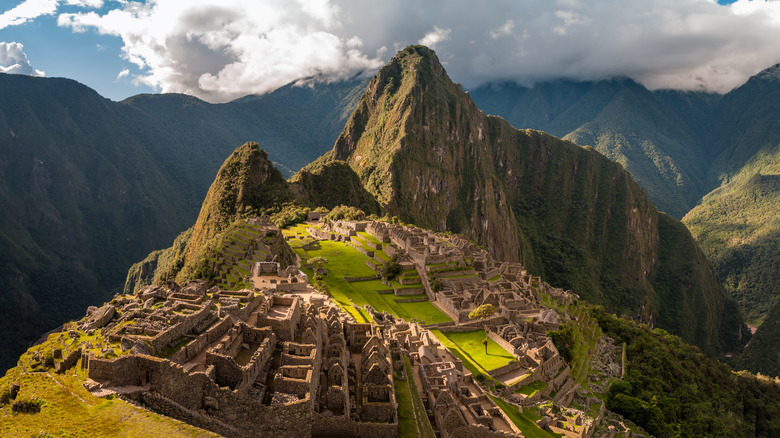The seven wonders of the modern world are on many people’s bucket lists. The Colosseum in Rome, Cristo Redentor in Rio, the Khaznah in Petra…they’re all spectacular. There is one, however, that many senior travelers may think has passed them by. Traveling as a senior may cause you no disruptions at all in voyaging style, but if it does, the incredible ruins at Machu Picchu in Peru may seem quite literally out of reach. After all, this site is at the top of a mountain that famously has a very long and strenuous climb.
Banish that idea from your mind. You do not, in fact, have to trek up a mountain path to get to this wonder. There are alternate ways to visit this part of South American history that don’t exclude seniors or people with some mobility issues. There are things to keep in mind, of course, when visiting a place at the top of a mountain, but it’s eminently doable for many. Let’s take a look at what you need to know about traveling to Machu Picchu as a senior and what you’ll see when you get there.
About Machu Picchu

Machu Picchu in the Andes mountains of Peru was “discovered” by Hiram Bingham III in 1911, who thought it was the lost city of the Inca, where they went to escape Spanish conquistadors in the early 16th century C.E., though that is now thought to be a different location. In fact, there were actually a few people living there at the time. Though the use for the site isn’t definitively known, it’s thought to have been a civilization center by some, a mausoleum for 15th century ruler Pachacútec by others, and a government site by still others. The site has what is believed to be a sun temple, monuments, living areas, fountains, palaces, and other structures.
What is so incredible about this place…well, one of the incredible things, is that these stones were put in place with no mortar. They have almost no space between them, and obviously they’ve stood for hundreds of years. (The site is said to have been built around the mid-15th century C.E.) It’s not just the ruins that you can see here. Near the base of Machu Picchu is a museum called the Museo de Sitio Manuel Chávez Ballón for you to explore.
One pretty great perk of this trip is the friendly llamas that live at the site. There are around 30 domesticated llamas living there, and they belong to the government. They’re very sociable and will likely pose for a picture with you, hoping for a snack, which you’re advised not to give them.
Machu Picchu for senior travelers

Most people assume that you have to take that intense hike up the mountain to get to Machu Picchu, but you don’t. You can take a train from the town of Cusco, though book in advance because reservations fill up. The train will take you to a shuttle bus that brings you right to the site. Once you’re there, while there is some climbing to be done, it’s not a lot, and the walking areas are fairly flat. If you’re a senior who is very active and can take on all comers, you can also take a steep trail to the Temple of the Moon nearby, which has a shrine and may have once held mummies, but if not, there is still a lot to see. You can even sign up for a tour, allowing you to meet new people, something that can be harder to do as you get older.
One thing to keep in mind is that Machu Picchu is 7,972 feet above sea level, and that can lead to altitude sickness in some people as the oxygen levels drop. It may be worth staying at elevations that are still high, but lower than that (like Cusco), and taking a day or two to get used to the high altitude. Avoid alcohol and smoking, drink plenty of fluids, and get rest when you can. If you get a headache, nausea, fatigue, loss of appetite, or vision changes, let your guide know. If you’re prone to it, there are prescription medications out there, but check with your doctor before you go.

